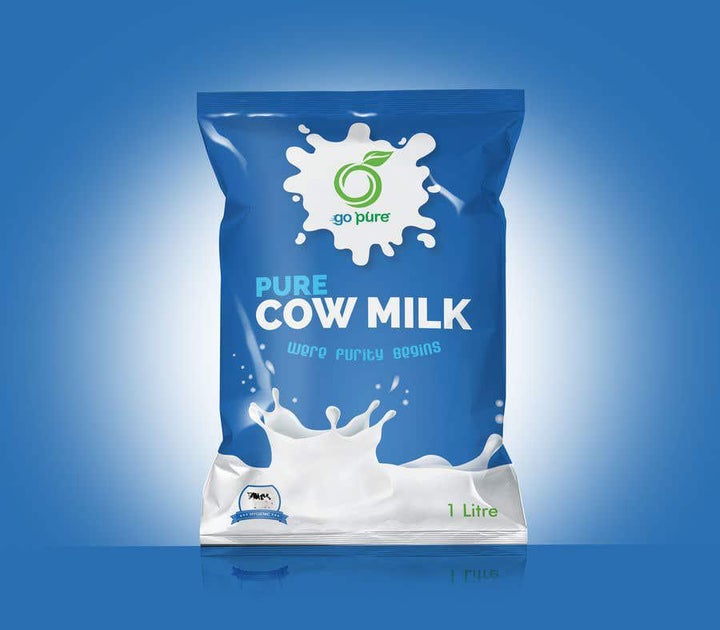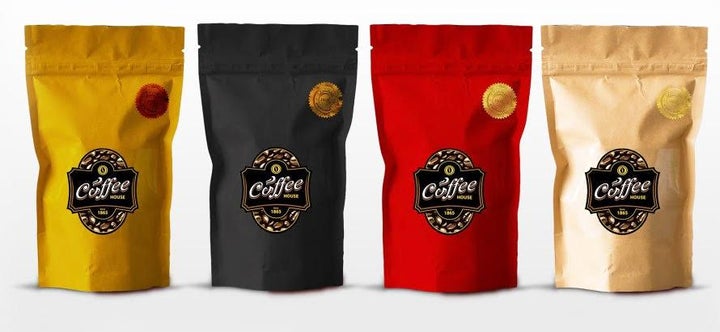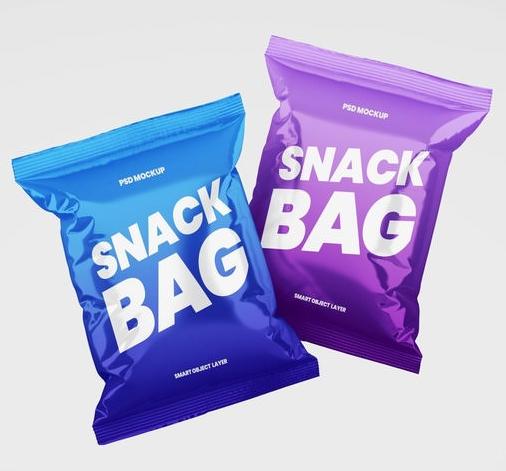Packaging is ubiquitous in our daily lives, and it is one of the most vital components of sectors like Fast-moving consumer goods, pharmaceuticals, food, and beverage, among others. It protects and preserves products from damage and is a crucial marketing and communication tool for businesses.
Wooden boxes, glass, paper bags, tin, metals, and aluminum, all used as packaging, can be traced to the genesis of human existence.
PLASTIC PACKAGING EVOLVES TO MEET NEW DEMAND
Plastic packaging materials have been thoroughly developed over the many decades of their invention. The industry has enjoyed strong growth, driven by the characteristics and properties that have accommodated the consumers’ demand for convenience. More and more plastic polymers have been improved. They have been used to preserve food, protect from contamination, enhance the quality of life, and meet the needs of consumers and the global population.
Flexible packaging has combined the mechanical and
physical features of multiple layers of different polymers to balance functionality, environmental concerns, and business considerations. They are characterized by excellent durability, providing an excellent barrier to gases and moisture. It further minimizes food waste and overall product breakage with advanced convenience features and low costs.
THE PLASTIC WASTE CHALLENGE
The visceral images of the effects of ocean plastics pollution have stirred up consumer sentiment around the world. The mismanagement of plastic waste was majorly due to: 1. Packaging recyclability: Packaging is either difficult to recycle in existing systems or cannot be recycled, especially multi-material packaging, which poses a challenge. 2. Packaging recycling and leakage: the packaging demand growth in many regions is too high, and waste collection and recycling systems are not in place at the required scale. Many materials are therefore lost forever as a resource despite the potential for reuse and recycling.
Myths, misconceptions, and the eye sores caused by heaps of plastics in landfills have dominated news headlines and public discourse. Nonetheless, attitudes and perceptions towards plastic are changing with initiatives to improve general understanding and stakeholder appreciation of plastic packaging across the broad value chains.
A COST-EFFECTIVE PACKAGING ALTERNATIVE
Various studies show that flexible packaging can save cost up to 10 times compared to other packaging types. As per a study by the United States Environmental Protection Agency (US EPA), flexible plastic bags produce 80% less solid waste than paper and other materials and consume 40% less energy to produce. In addition, the study also stated that a pound of plastic takes 91% less energy to recycle than a pound of paper and other materials.
This makes flexible plastic packaging materials more cost-effective than other conventional packaging materials such as paper. When coupled with other advantages offered by flexible packaging, such as increased food shelf
AS PER US EPA, FLEXIBLE PLASTICS PRODUCE 80% LESS SOLID WASTE THAN PAPER AND OTHER MATERIALS AND REQUIRE 40% LESS ENERGY TO PRODUCE



life, downsizing of packaging, lightweight, and durability, it is the more sustainable choice.
STAKEHOLDER PARTNERSHIPS KEY TO A CIRCULAR ECONOMY
Kenya has been trying to focus intensively on the problem of plastic in the environment, which led to the government announcing the Plastic Bag Ban in 2017 and the singleuse plastic ban in national parks, beaches, forests, and conservation areas in June 2020.
The increase in the government’s emphasis on managing plastic packaging waste appropriately through applying the exemption for plastic packaging for various products controls packaging production, eliminating excess packaging in the market. The exemptions are issued on multiple levels to ensure that packaging produced is managed and reused or recycled through takeback systems or joint producer efforts through producer responsibility organizations.
Creating solutions to shared challenges across an entire industry requires successful collaboration through the value chains. Tthe formation of the Kenya Extended Producer Responsibility Organization (KEPRO) to accelerate the growth of Kenya’s recycling ecosystem has been noted as a positive step in curbing the issues relating to waste management. KEPRO is working with material producers, representatives of packaging companies, brand owners and retailers, waste sorting and recycling companies, and end-users using flexible plastic packaging to create a transparent system that incentivizes high-quality recycling
of a material that has historically gone to waste. They are implementing a proven EPR model embedded within the environmental laws and legal frameworks of Kenya. KEPRO has a membership of over 200 and is constantly growing. Its vast membership is driving towards the longterm ambitions of ensuring flexible plastic recycling is Kenya-based, fully circular, and facilitated by household recycling collections. Only such a comprehensive approach to the subject can develop a circular economy and reduce the impact of plastic waste on the environment.
The government’s efforts in ensuring regulations are in place to legislate the activities of various industries across the value chain are noted through the development of the Extended Producer Responsibility Regulations. It is worth noting that they are in the draft format for now, but, likely, they will soon be gazette and enforced. Through these regulations, producers would be responsible for costs related to plastic waste at the end of their useful life.
These regulations drive innovation for sustainable solutions to ensure the products put in the markers comply with the requirements. Achieving the set goals and protecting the environment from the negative impact of human activity is now a task for every link in the value

FMCG COMPANIES AND RETAILERS MUST SHIFT TO SUSTAINABLE PACKAGING IN RESPONSE TO GROWING CONSUMER AWARENESS AND INCREASING REGULATORY REQUIREMENTS.

chain. This involves cooperation across the value chain to develop functioning solutions and education, especially for end-users who should consciously support closing the circulation of materials. Everyone needs to play their part in ensuring recycling of packaging to make sure that it becomes the valuable material we know it can be as it’s too useful to be left in the bin or littered in the environment.
As we advance, Fast Moving Consumer Good (FMCG) companies and retailers must shift to sustainable packaging in response to the growing consumer awareness and increasing regulatory requirements. Curbing the use of plastic packaging, however comes with complexities and trade-offs, many of them being far from trivial. The technical and economic feasibility whose cost implications go beyond just packaging material prices and conversion costs. The pressure to reduce packaging cost, material use, and environmental impact shapes new flexible packaging formats. Many packaging firms have launched new packaging designs, collection mechanisms for plastic waste and restructured their processes to optimize, upgrade and adapt to recycle streams for multi-material structures.
DOWNSIZING PACKAGING TO CUT ON WASTE
As much as downgauging of the flexible packaging has been effective in the past and continues to work, we need to think beyond this and look at options of downsizing the packaging. We do not need to pack, ship, store and sell the air in products. Many multinationals are cutting down on their pack sizes as they do not require so much headspace in their packaged products, reducing the pack size, and therefore reducing the amount of packaging used for the same product weight.
We also need to decrease the complexity of flexible packaging and design for its recyclability in the early stages of the packaging development to ensure that the packaging can be recycled within the local infrastructure set in place. This should be done without reducing the efficiency and the performance of the packaging.
SUSTAINABILITY KEY TO PLASTIC PACKAGING’S FUTURE At Packaging Industries Limited, we are committed to a sustainable transition and innovation in the plastic packaging sector to ensure that no packaging becomes waste. We also focus on developing solutions for preventing food waste using packaging, providing the extension of the shelf life for as long as possible. Food waste is a considerable concern for climate change, and there is plenty of evidence that packaging has the protentional to reduce food waste. Most of the reductions in food waste in developed nations have come from better refrigeration or genetic modification; however, this is not always the case in developing countries. Plastic is excellent for preserving many foods where exposure to oxygen causes decomposition, meat, and fish, for example. Studies show greenhouse gas emissions from food waste are much higher than packaging waste. Decisions for suitable packaging solutions for any product must be taken after
conducting a proper impact study or Life cycle analysis and the inherent socio-economic aspects.
COP26 has ended and the negotiators have left the building with the dust settling on the Glasgow Climate pact. Despite not solving everything, it achieved more than many thought possible in advocating and working towards a common goal of moving from “aspiration to action” to keep alive the targets of limiting global temperature rise to 1.5°C. Let’s do our part to make a positive change. Let’s be precompetitive and collaborate to find solutions together.
It is essential to understand that there will always be a need for plastic packaging. It functions like no other material and has properties that enable the shelf-life extension of food products and reduce food waste. It’s light, waterproof, air-tight, and most importantly, transparent. We should focus on working together to make sure it gets recycled at the end of its useful life, and its value is continually realized through a circular economy approach.
